Werner Bischof (Zurich, 1916 – Trujillo, Peru, 1954) is one of the great masters of photography of the twentieth century. He has reported all over the world, strictly in black and white. Going beyond reportage, he was a true artist of photography. He was able to capture, with his iconic gaze, the testimonies of reality, from photography to the representation of humanity. An ‘Invisible Color‘ is the appropriate title for the exhibition. As the title says, it shows us a new and lesser-known aspect of Bischof’s work. At a historical moment in which color photography enjoyed little consideration, often reduced to the advertising dimension, Bischof transformed it into a fundamental step in his creative process. It is as if he felt all the energy of color as a means of expression.
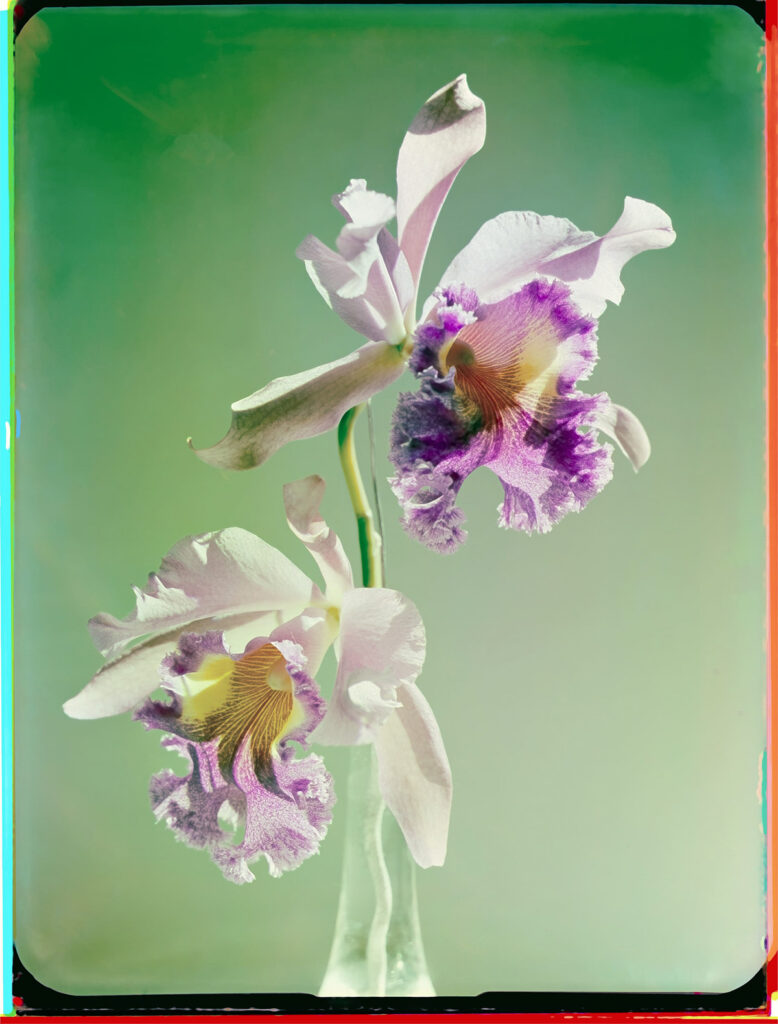
Color invisible
The exhibition has the merit of giving us an important fragment of the photographer’s creative path. It enriches the knowledge and idea we have of this important artist. The exhibition itinerary is a free “color” exploration of the worlds visited and experienced by Bischof. It covers the entire span of his career. Unpublished images obtained from three different cameras alternate. He used a 6×6 Rolleiflex, with square negative details, an agile pocket Leica, and a Devin TriColor camera, a bulky machine, which used the tricolor system but guaranteed a high-quality color reproduction. The core of the images taken with this camera is made accessible to the public for the first time thanks to the discovery and related research on the original glass plates by the artist’s son, Marco Bischof, who runs the archive named after his father.
The core of the images taken with this camera is made accessible to the public for the first time thanks to the discovery and related research on the original glass plates by the artist’s son, Marco Bischof, who runs the archive named after his father.
The artist and his circumstances are told through original negatives and period documents. Among other things, the Devin TriColor camera is also on display. Acquired for Bischof by the publisher who issued the prestigious magazines “Du” and “Zürcher Illustriert”, today it is preserved in the Musée suisse de l’appareil photographique en Vevey (in the canton of Vaud).
Combining aesthetics and emotion
The unique character of Werner Bischef’s photography lies, above all, in its combination of aesthetics and emotion. It composes a multifaceted image, clear and assertive at the same time. The subjects are those known to the Swiss photographer: from the formal experiments of the early years of research to the studio and fashion photography; from the history of the post-war period in Europe to the intimate presentation of the Far East; from photographic campaigns in the United States to his last trip to South America. The exhibited works reveal the great technical capacity and careful formal research of Werner Bischof, an examination that becomes more constant in the production of his last years and that acquires new vitality thanks to the color.
The exhibited works reveal the great technical capacity and careful formal research of Werner Bischof, an examination that becomes more constant in the production of his last years and that acquires new vitality thanks to the color.
Still life, light studies, abstract compositions, but also fashionable shots, from the early 40s, reveal the attentive and curious experimenter Bischof after training at the Kunstgewerbeschule in Zurich with Hans Finsler, pioneer of the “Neue Sachlichkeit” (New Objectivity).
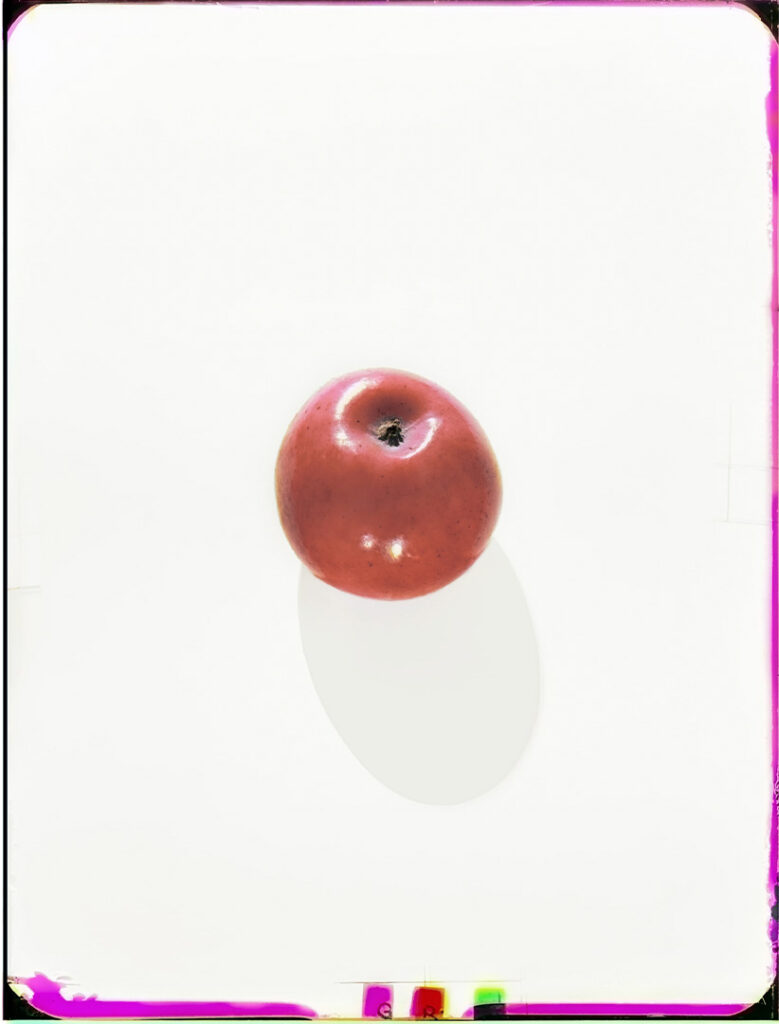
Picture as a document
Experiencing World War II will change his interpretive record. Bischof will leave the studio to photograph the dramatic reality of the time. These are the years of the document of post-war Europe. He works for the prestigious Swiss magazine “Du”. In the exhibition, there is one of the photographer’s most famous and commentated photographs, which portrays a boy from Roermond (in the Netherlands), his face strewn with scars caused by the explosion of a mine. Published in color as the cover of the magazine’s May 1946 issue, the image provoked heated reactions of outrage. It tells us how, unfortunately, it is still current. You can admire the color photographs of Berlin, Cologne, and Dresden, the other ruined cities, made in ’46. As well as portraits of the Italian rural population. Here, too, the color becomes an essential element of the composition. There is a wise and dynamic use of colors.
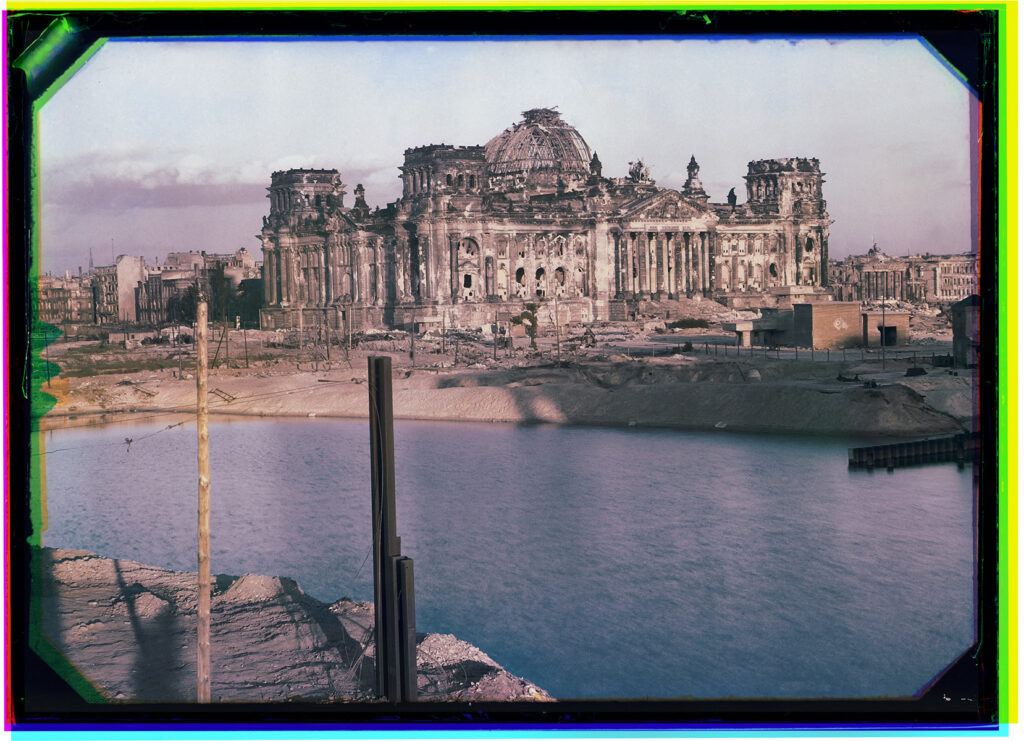
A different Europe
The passage after the 6×6 speaks of a different Europe, from Sardinia, Poland, and even the testimonies of the long journey that in 1951 will take him to Asia. Color diffuses his moods. It helps Bischof to express the sense of the cultural heritage of the East, especially that of Japan. The fascinating beauty, spirituality, and the search for a more intimate approach. The photos taken in Kyoto testify to the path that will become the precious book “Japan”. With its alternation of black-and-white and color images, the volume won the Nadar Prize in 1955.
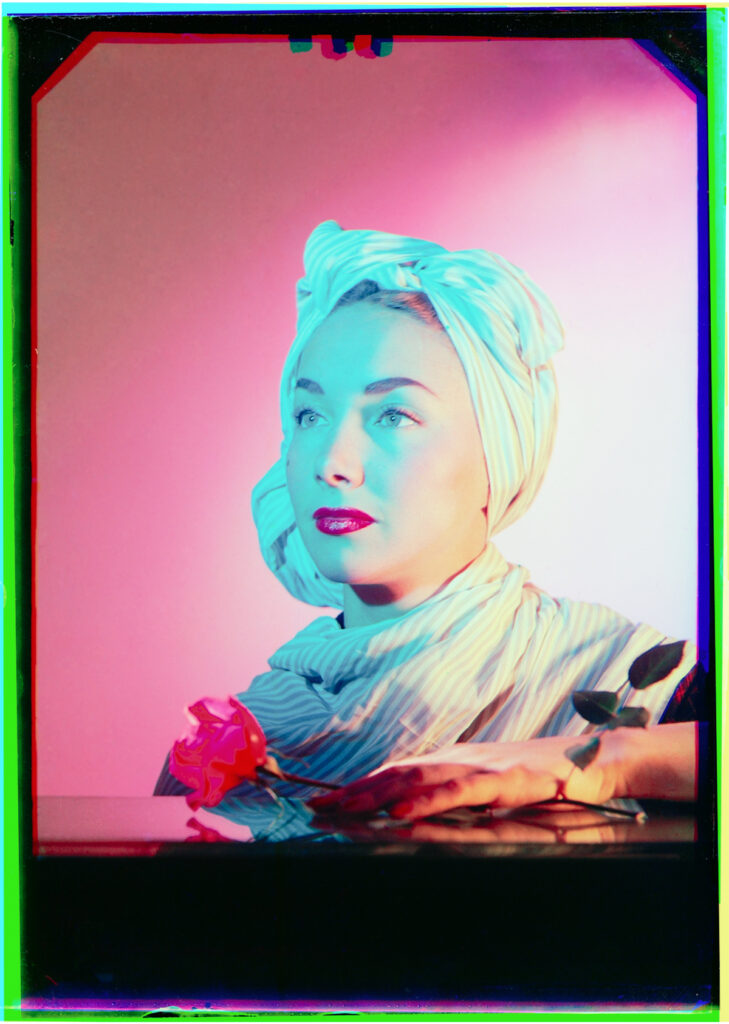
Reflections, details, plays of light
On the other hand, the photographs, taken with the small and agile Leica in 1953, move in a completely different register. During the trip to the United States, Bischof’s gaze seems to enjoy capturing reflections, bold details, and plays of light and color in the fragments of urban architecture. The warmth of the places and people of Central America is immortalized in animated shots, with strong color contrasts. On his trip to Peru, Bischof was impressed by the Inca culture, “by the spots of light and color on the ancient walls and ruined architecture, from which there are glimpses and windows with ever new viewpoints to immortalize.” During what the photographer calls “the great journey,” his life will be abruptly cut short in a tragic accident in the Andes, in May 1954.
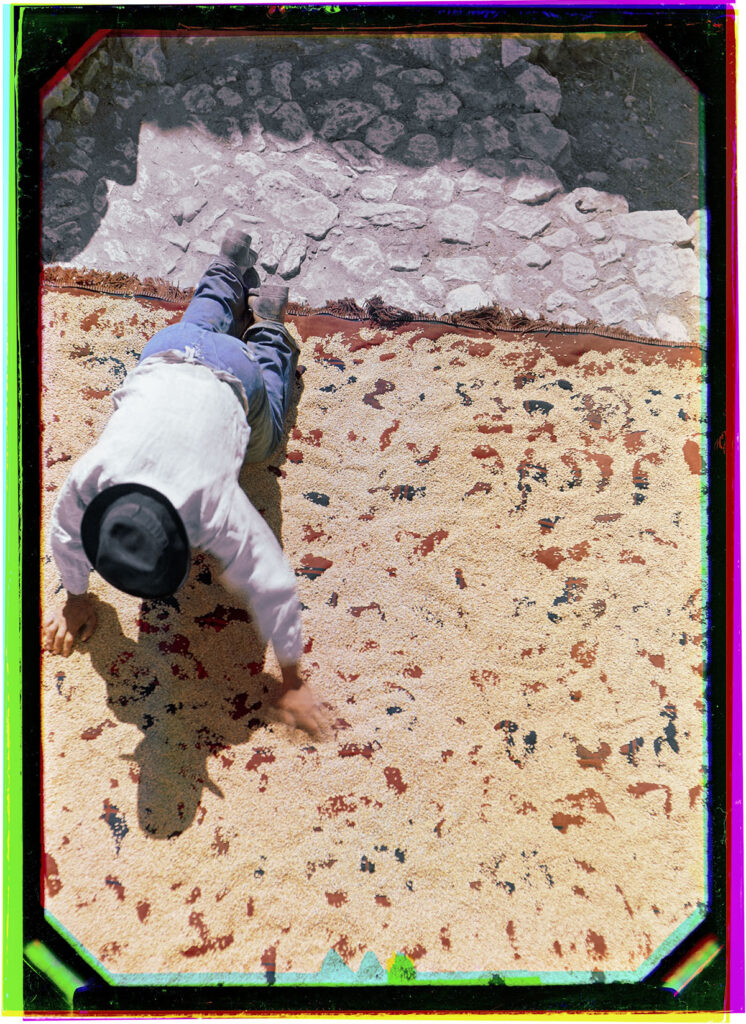
On the occasion of the exhibition, a catalog published by Scheidegger & Spiess and Edizioni Casagrande will be published in Italian, English, and German, with texts by Tobia Bezzola, Clara Bouveresse, Luc Debraine, and Peter Pfrunder.
Werner Bischof – Unseen Colour. From 12.02 to 02.07.2023 at MASI di Lugano.
It might also interest you: Sustainable art: peaceful activism for social and political change





